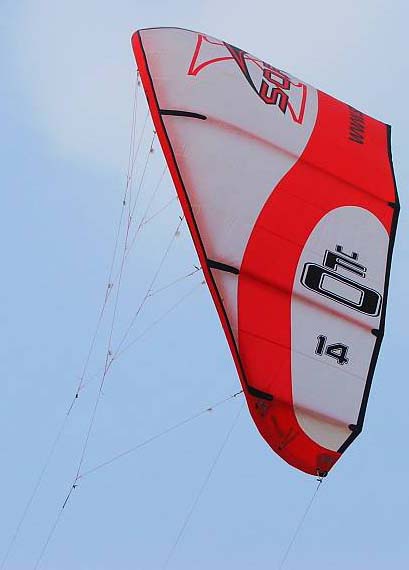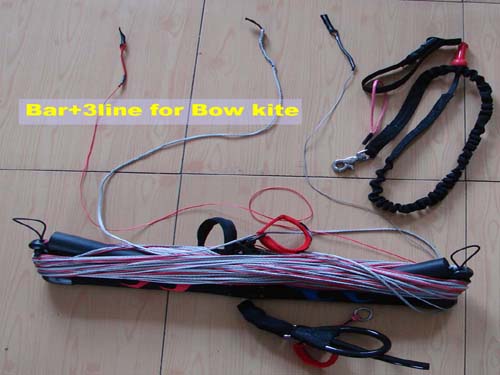Bow kites or C shape kites? This question keeps on popping up. Nicolas Caillou (lead kite designer for Takoon), gave a really good comparison of C shape kites and bow kites - and gave us a rundown of the advantages and disadvantages of each type of kite.
In summary :
Advantages of Bow kites over C shape kites :
I can note 4 main advantages of bow kites over C shape.
1- Safety: you have nothing to release just let go of the bar.
This induces a ¡°safety feeling¡± - you free your mind in gusts because of the de-power ability of the kite and because you ride with the same kite, you know it in all conditions.
2- Windrange: use one kite for 80% of wind conditions. You save money.
3- Performance: Thanks to the revolutionary shape of the Nova, it will always perform well regardless of that the weather conditions are.
4- Re-launching: with bow kites, the re-launching is really easy and you don¡¯t need to swim.
What are the disadvantages of bow kites compared to C shape kites?
You can note some disadvantages compared to a C shape.
A bow kite is a little more complicated when compared to a 4 line kite (I¡¯m not comparing to a 5th line kite here).
Generally a bow kite is more versatile, performing good in all areas (hangtime, turning speed, low end etc.), whereas a C shape kite can be excellent on one criteria.
A C shape can give you more performance for a specific range of wind. If you have money to buy an entire range of kites, that¡¯s perfect.
A kite such as the Wook is a perfect kite for waves, the kite gives you power in turns and is very predictable for surf.
On the other hand, C shape kites such as the Air from Takoon is perfect for new school tricks and hangtime. This kite turns fast and is perfect for unhooked riding.
Don¡¯t forget that bow kites are on the market for less than 1 year and C shape kites have 8 years of development. Bow kites have really good characteristics and suit a lot of riders.
Why more C shape kites than bow kites are currently used in competitions :
" I have to admit that bow kites requires a different technique to C shape kites (different timing for jumps, different turning radius, feedback on bar) and pro riders have to adapt to a bow kite in order to kite well on them. It is difficult to expect someone to change over to a bow kite when they have been the best on a C shape kite for many years. I believe this is the main reason why so few riders don¡¯t use bow kites on the PKRA tour yet."
"The new generation will ride more bow kites on the PKRA tour because they will learn with bow kites. "
Read the full interview at : http://www.ikiteboarding.com/kiteboarding/articles/interview-nicolas-caillou.aspx

